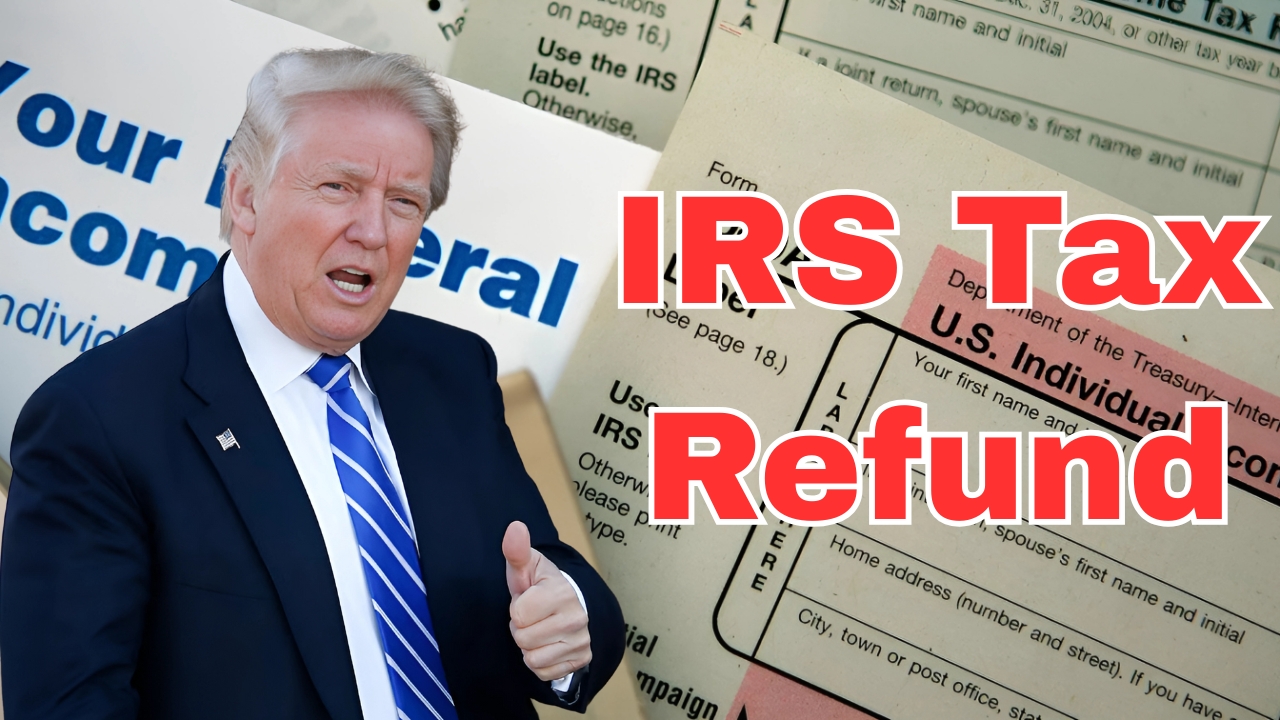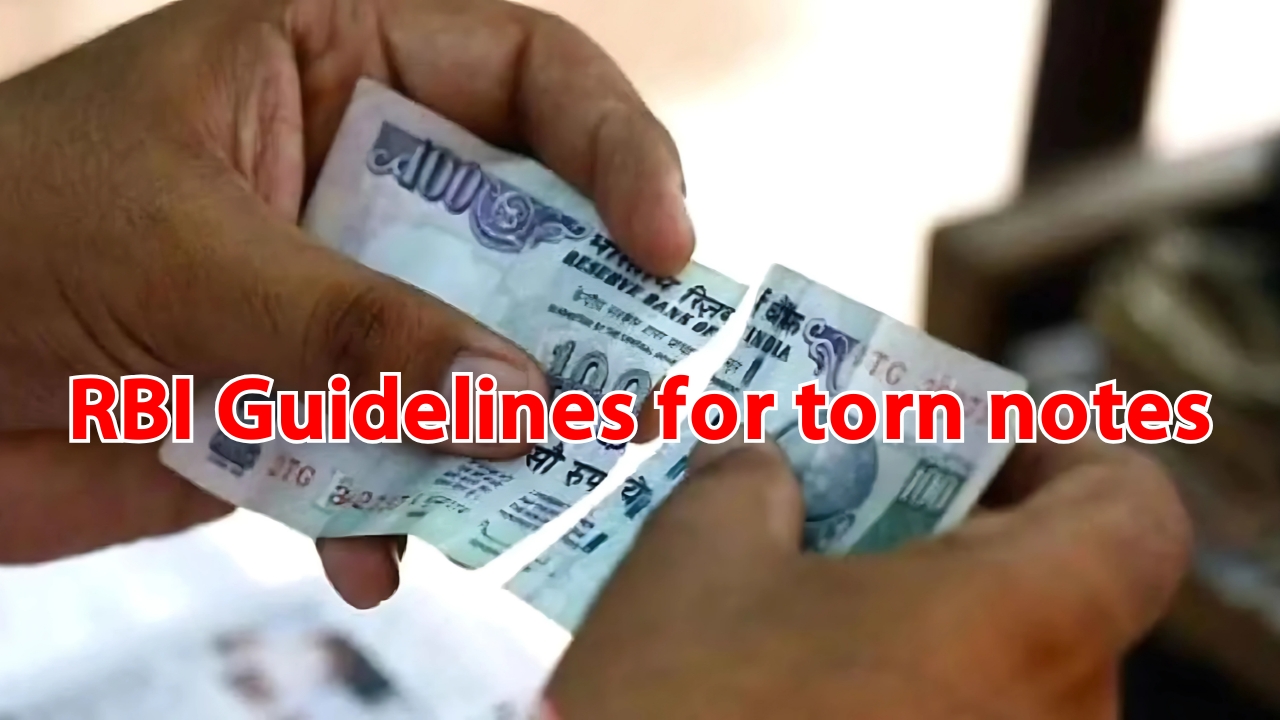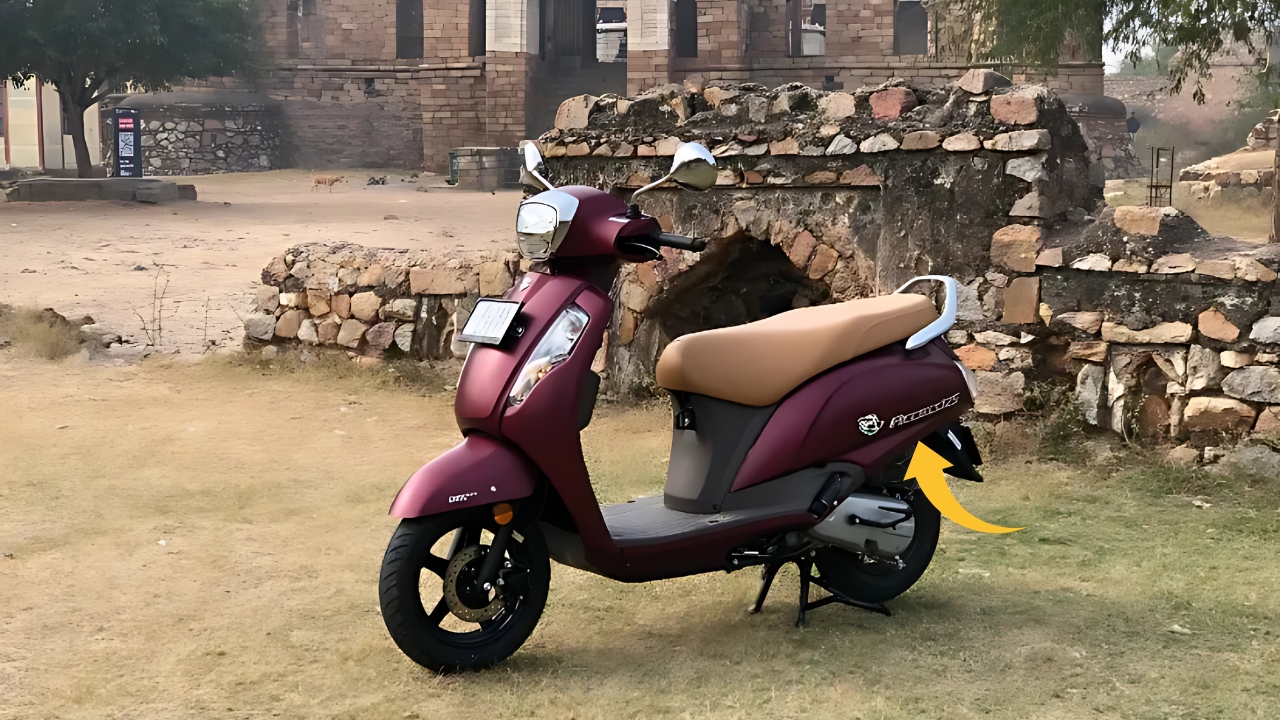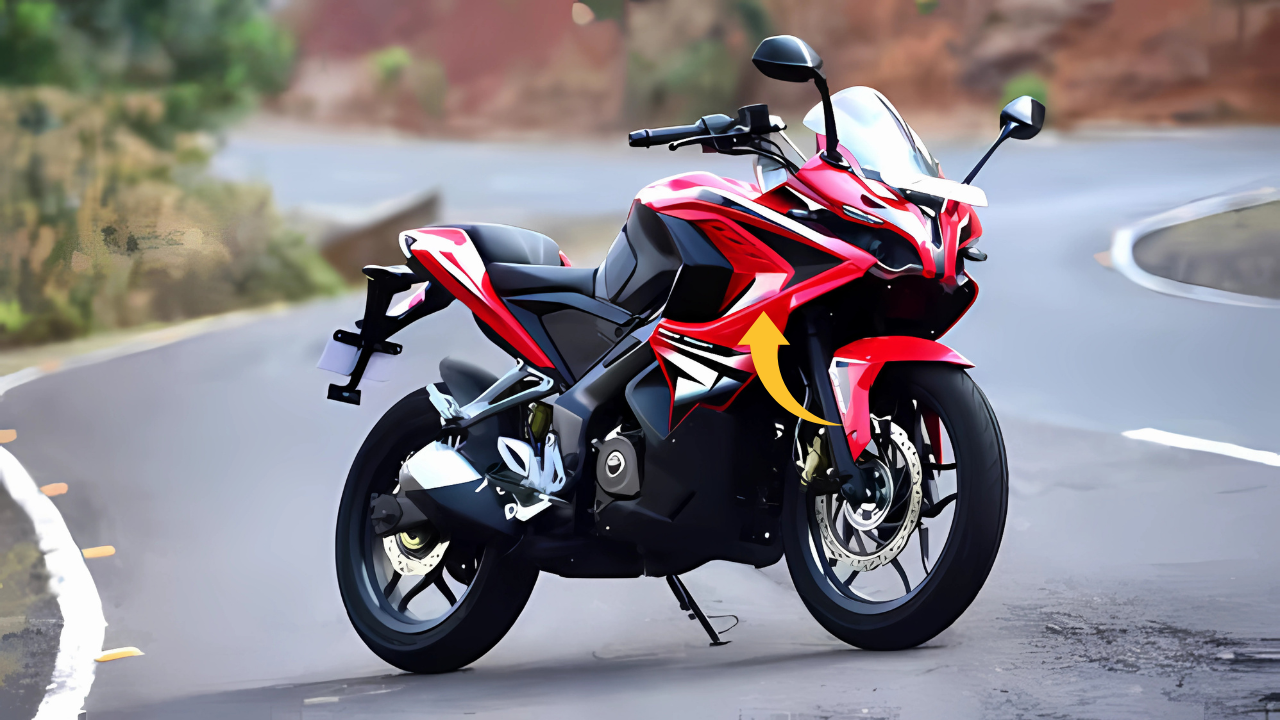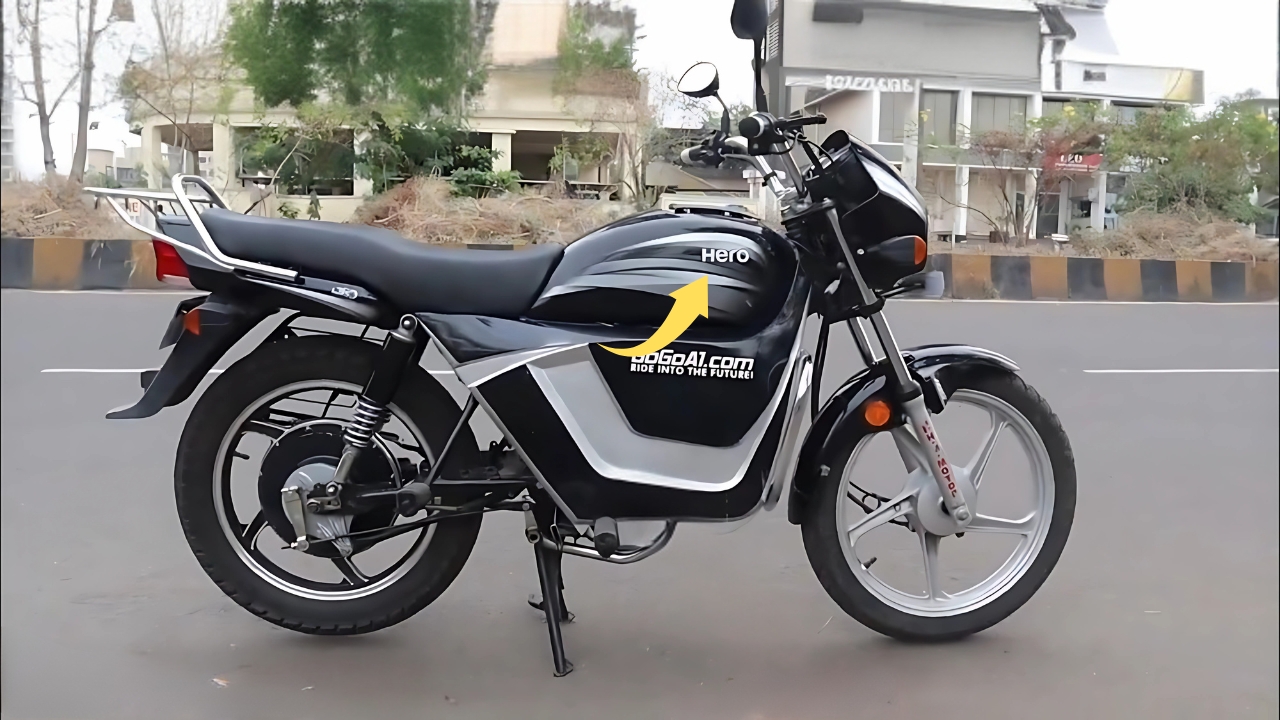Investors in FD : After years of oppressive returns fixed deposit investors finally have a reason to cheer. Many banks and companies have increased their interest rates with some offering returns that could help one earn up to Rs. 16,000 on investing one lakh rupee amount.
This is welcome news for conservative investors, and I thought it was particularly welcome news for senior citizens, who often depend on FD income for a supplement to their retirement income.
I thought I’d take a closer look at this last week by visiting a variety of banks and speaking to some financial advisors to get to the bottom of what’s driving these rates and how everyday investors can take full advantage.
Table of Contents
Investors in FD The Banks With High CD Rates
However, not all banks are the same when it comes to these higher deposit rates. Below, based on my reporting and visits to branches, are who’s paying the highest rates right now:
Unity Small Finance Bank
At the top of the list comes Unity Small Finance Bank, with a special scheme giving 9.5% interest (10% for seniors) on a 1000-day fixed deposit.
At the rate at which the story is unfolding, your investment of Rs.1 lakh will have appreciated to about Rs.1,16,000 – that great Rs.16,000 growth that everyone suddenly seems to be talking about.
“We have witnessed a growth of new fixed deposit accounts by 47% in the past one month,” said Rakesh Sharma, branch manager at Unity’s Malviya Nagar branch in Delhi.
“Most are senior citizens who bring along their old FD certificates from other banks and ask us how they can transfer their money to us.”
Jana Small Finance Bank
Jana Small Finance Bank is not very far behind, offering interest rates at 9.1% to the public and 9.6% to senior citizens for some tenure deposits.
Their best selling product is the 3 year FD product that would offer you a FD interest rate of Rs.15,500 per annum on a 1 lakh FD.
Suryoday Small Finance Bank
Last Tuesday, when I visited the Suryoday Small Finance bank in Mumbai, They had their 8.95% offer (for a 3 year deposit) (9.45% for seniors) (written in large print) displayed. This works out to about Rs15,200 on a deposit of Rs1 lakh for three years.
Fincare Small Finance Bank
The bank is offering and 8.91% (9.41% for seniors) on select tenure FDs making it an attractive choice for investors looking for higher returns.
Mainstream Banks Take Note
Even some old guard banks are stepping up, though they aren’t offering the same rates as those of the small finance banks.
Punjab & Sind Bank hiked rates recently to 7.4% for general citizens and 7.9% for seniors on 399-day term deposits.
What’s Behind These Higher Rates?
For instance, in my interview with Neeraj Gupta, a financial analyst at Capital Investment Services, he shares with my readers a few reasons for this positive movement:
Liquidity Management “Smaller banks and FIs have to fight for deposits and liquidity ratio. Challenging the big banks through higher interest rates is their most useful tool,” Gupta said over a coffee at the office of his firm.
RBI Policy Stabilisation: Following a series of rate hikes in the past couple of years, the RBI has left rates unchanged in recent policy meets, emboldening banks to sell longer-term deposits at attractive rates.
Credit demand: Increased requirement for loans has driven banks to garner more deposits, in turn making bank FD investors happy.
Competition from Other Investment Products: Other such as stock markets are touching all-time high and government schemes like Senior Citizen Savings Scheme offer a good interest rate, therefore banks rises FD rates to lure customers to invest.
Investors in FD Is There a Catch?
Even though these rates look quite attractive, I found out a number of critical points during my research:
Deposit Insurance Limitations
The protection of DICGC (Deposit Insurance and Credit Guarantee Corporation) is capped at Rs.5 lakh per depositor for both principal and interest amount balance held in all accounts with a bank.
I pointed out this constraint to Rakesh Sharma of Unity Bank, who accepted the constraint but insisted that their bank was fundamentally strong.
“We have capital adequacy ratios much higher than the regulation,” he said, showing me their latest quarterly results on his computer screen.
“But it’s always a good idea for depositors with larger deposits to diversify them among different banks.”
Limited Time Offers
The great majority of these high-interest schemes are special temporary offers. LibraryWhen I asked at Jana Small Finance Bank, the relationship manager told their current rates are part of a special campaign.
“Three months from now, we cannot promise that these exact sort of movements in rates will be available,” she admitted. “If folks are interested, they should lock in now.”
Tenure Requirements
To earn that Rs.16,000 on Rs.1 lakh usually one has to lock in money for at least three years. Usually, breaking your FD before maturity involves a penalty fee, about 0.5%–1% of the interest rate.
Real Customer Experiences
I didn’t just want to put numbers in a spreadsheet, I wanted to hear from real investors who have the ability to use these rates. Here’s what they shared:
Sumitra Desai, a 72-year-old retired schoolteacher in Pune, recently transferred her fixed deposits from a nationalized bank to Suryoday Small Finance Bank.
“My previous FD was providing only 6.5%. The new one gets me nearly 3% more – that’s nearly Rs3,000 more a year on my life savings. It now pays my monthly medicine cost,” she said to me when we met at the branch.
Mahesh Agarwal, a 45-year-old business owner in Jaipur, has taken a different approach. “I have divided my Rs.30 lakh across three banks that offer these higher rates.
I like small finance banks but didn’t want to put all my money in one place,” he said when I spoke with him over the phone.
Anita Krishnan, a financial advisor I spoke to while researching this piece, reported that a number of her clients had recently moved sections of their debt portfolio into these high-yield FDs.
“For my conservative clients, particularly retirees, this kind of rate makes a real difference in the quality of their income,” she said during our meeting in her office.
How to Make the Most of These Rates
Here are a few strategies to get the most out of these high (comparatively) FD rates, according to bankers and financial experts whom BloombergQuint spoke with:
Ladder Your Deposits
So, instead of investing everything in one fixed deposit, You may plan to opt for an FD ladder, with deposits maturing at intervals. This offers liquidity and the capacity to get high rates in any number of periods.
I would recommend that you break a large amount into 6-month, 1-year, 2-year, and 3-year FDs,” Vikram Mehta, a financial planner whom I interviewed, told me.
“That way you always have some money coming up for maturity should you need it, or if rates drift even higher.”
Investors in FD Compare Effective Yields, Not Just Stated Rates
Some banks add interest every three months, some every month, some every year. This has an impact on your realized returns.
When I compared one 9 per cent offer with another one, both looking the same, but made by two different banks only; base bank earned something like 3 years @ 9% on a deposit of Rs.1 lakh- Rs.700 more by using a quarterly compounding (than an annual compounding).
Investors in FD Senior Citizen Benefits
If you’re 60 or older, you can qualify for an additional 0.25% to 0.5% at most banks. Some banks have exclusive schemes that offer still higher premiums for elderly.
“Don’t shy away from bargaining,” Pranav Singh, a former bank manager I spoke with, recommended.
“Sometimes there is discretion for relationship managers to give marginally better rates, especially in cases of larger amounts or long track-records as a customer.”
Investors in FD Consider Tax Implications
Interest on fixed deposit is taxable as per your income slab. For people in the higher tax bracket, options such as tax-saver FDs (that qualify for deductions under Section 80C) can still make sense despite offering a marginally lower interest rate and being locked in for 5 years.
Investors in FD Outlook for the Future
Are these low rates here to stay — which may be causing people to fall out of the habit of buying such policies? I asked a number of banking sector analysts this question.
Leading financial services firm’s Economist Deepak Sharma feels that these rates could stay high for atleast 6-9 months.
“Banking system liquidity and credit growth dynamics indicate that banks will have to keep attracting deposits through competitive rates,” he told me during our chat.
But Shalini Kapur, a banking sector analyst I spoke to, was more cautious. In line with that if the RBI gives a signal there will be a softening of these peak rates over the next few policy meets. Investors must now act instead of adopting a sit-and-wait attitude.”
Bottom Line for Investors
In such an environment where safe investments can give you guaranteed returns, it is definitely unimaginable for a conservative investor to get double-digit returns on a monthly basis unless the company collapses.
Especially, a senior citizen who is dependent on interest income has not found a better time than now to lock into a high interest rate regime.
With due caution and diversification, perhaps this would be a good time to think about fixed deposits again as an investment option.
After all, Sumitra Desai warned me even before I entered the bank branch that she’s lived long enough to see interest rates go up and down dozens of times.
When they’re good like this, you take them — because they don’t last much beyond that.

